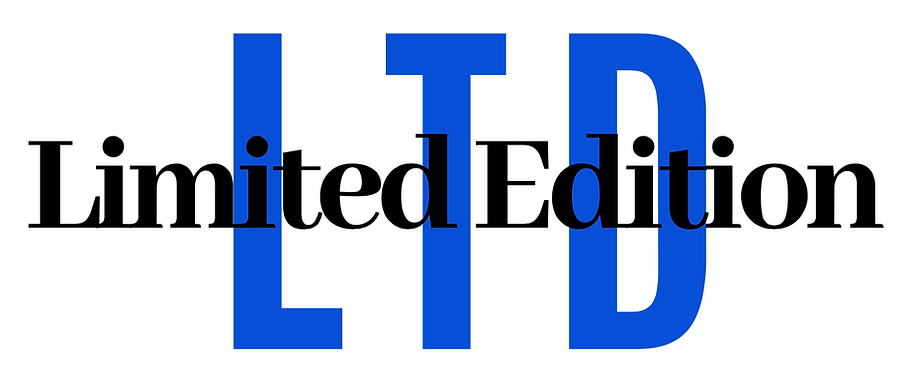UWaterloo Professor Donna Strickland Wins 2018 Nobel Prize in Physics
- Jason Chen
- Feb 6, 2019
- 2 min read
Strickland was recognised for her work in laser physics, and is now the third woman in history to receive the greatest honour in physics, following Marie Curie and Maria Goeppert-Mayer.

On the 10th of December, Canadian physicist Donna Strickland travelled to Stockholm to accept 2018’s Nobel Prize in Physics.
She would become just the third female recipient of the prestigious honour, as well as the fourth Canadian to earn a Nobel prize in the field. This bolsters Canada’s count of Nobel laureates to 26, tied with Switzerland and just one ahead of Russia.
Dr. Strickland is a longtime professor of physics at the University of Waterloo, and was recognised for her work relating to lasers along with two other physicists. The motivation given for the award was that Dr. Strickland’s team had managed to create “a method of generating high-intensity, ultra-short optical pulses.” These would be the shortest and most intense lasers ever generated.
There are multiple uses for high-intensity lasers; though many have not yet been thoroughly explored, they are already being applied in medical procedures such as eye surgeries and some cancer treatments. Lasers, of course, also have a plurality of applications in science; for example, they were an integral part of the research leading to 2017’s Nobel Prize in Physics, which saw the groundbreaking discovery of gravitational waves.
In Stockholm, Dr. Strickland also claimed that “science first needs to be done for the sake of science,” citing her own research as an example of a breakthrough which started out with purely scientific purposes but ends up having plenty of practical applications.
After becoming a Nobel Laureate, the Waterloo professor has seen her classes expectedly double in size as students rush for a chance to have a top-of-the-world mentor. With her newfound fame, Professor Strickland also wishes to take on a more public role – with speaking events scheduled around the world and through bringing publicity to important innovations like the application of photonics in monitoring the environment. It is safe to say that the Nobel laureate has become a star in the scientific community, and will continue to use that well-deserved fame to push forward the frontiers of discovery.

Comments